Carnivals in Peru are a time for music, traditions, and community celebrations. Each region follows its own customs, influenced by local culture and religious practices.
The events include parades with dance groups, floats, and traditional costumes. One key activity is the yunza (or cortamonte), where participants cut down a tree decorated with gifts while dancing around it. Other customs involve crowning a carnival queen, the symbolic burial of King Momo or Ño Carnavalón, and games with water, talcum powder, and paint. The celebrations last three days and end with Ash Wednesday, marking the start of Lent.
Origins and Meaning
The history of carnivals in Peru goes back to the arrival of the first Christians, who brought their traditions and customs with them. By the 19th century, Lima’s carnivals had already become a big event, filled with joy, excitement, and sometimes even a little wildness.
In the early 20th century, the celebrations grew even more significant, attracting participation from all levels of society, including Lima’s elites. Indigenous communities also became part of the festivities, adding their own beliefs and traditions, which gave the carnival its unique character.
This resulted in a distinctive fusion of traditions and rituals that have made Peruvian carnivals among the most celebrated in the Americas. Their meaning, as in other countries, lies in marking a festive prelude to Lent, a period for reflection and moderation.
Where to experience Carnivals in Peru?
Carnivals are celebrated all across Peru, but some regions take the festivities to another level, drawing both locals and visitors from around the world. With parades, traditional dances, music, and colorful costumes, these festivities showcase the cultural identity of each community. Careful preparation and planning go into making these events special and memorable.
Here’s a closer look at the regions that host some of the best carnivals in Peru.
Carnival in Cajamarca
Cajamarca, a city in northern Peru, sits 850 kilometers from Lima at an altitude of 2,750 meters above sea level. It’s proudly known as the capital of Peruvian carnival, thanks to its colorful celebrations and the variety of creative, eye-catching activities that take place. The main events center around the Plaza de Armas, the heart of the festivities during Carnestolendas.
King Momo, a central figure of the carnival, is welcomed with great honor. Later, he’s mourned and ceremonially buried. Represented by a large doll, King Momo symbolizes clearing away negative energy, and his arrival is celebrated with music, water games, and paint.
One of the highlights of Cajamarca’s carnival is the coplas contest, where participants sing playful, improvised verses. The celebration also includes parades, traditional dances, and music-filled rounds in the streets. Neighborhoods select a Carnival Queen, followed by a grand parade where people in costumes fill the streets with dancing and music.
Carnival in Puno (Virgen de la Candelaria Festivity)
The carnival starts in Puno with the arrival of Ño Carnavalón, marking the start of the celebrations. Dance troupes take to the streets, performing traditional dances from the region, while crowds gather to watch the colorful parades that fill the city with energy and artistry. A key part of the festivities is honoring the "Mamacha Candelaria", or Virgen de la Candelaria, Puno’s patron saint.
The events include religious processions, dance competitions featuring the famous Diablada, and other traditional performances like the Pandilla Puneña, a cheerful and romantic mestizo dance. As in many parts of Peru, costume contests and playful street games with water and paint are also part of the fun.
Carnival in Ayacucho
The Ayacucho Carnival kicks off with a lively parade of floats, led by Ño Carnavalón, a playful character who represents joy and humor. With his exaggerated features, he brings laughter and sets the tone for the festivities.
As the parade moves through the streets, you’ll hear traditional Quechua songs mixed with the sounds of guitars, quenas, and tinyas. Dancers fill the streets with energy, creating a lively atmosphere. One unique aspect of this carnival is its tribute to Pachamama or Mother Earth.
The highlight is the arrival of carnival troupes in Huamanga’s Historic Center. Over a hundred groups take part, turning the city into a spectacular stage for traditional dances, music, and cultural expression.
Carnival in Cusco
The Cusqueño Carnival, held between January and March, stands out for its colorful dances, playful water and talcum powder games, and traditional dishes like timpu and kapchi. The celebration kicks off with the traditional "compadres and comadres," where satirical dolls made from recycled materials are crafted and displayed in public spaces. The main event takes place on a Sunday, bringing locals and visitors together at Plaza de Armas to join in water games and enjoy the festivities.
The Octava, or Kacharpari, celebrated a week later, is filled with dancing, yunzas, and festive farewells. Key events include the Pasacalle Kacharpari, the Gastronomic Festival, and contests that honor the most creative allegories and troupes.
Learn more about Cusco here:
Traditions and Customs
In Peru, carnivals are an annual opportunity to celebrate cultural identity and the diversity of the country. Through creative and colorful displays, each region shares its unique traditions and ways of life.
These celebrations have evolved over time, combining traditional practices with modern elements, creating a connection between the past and the present. Peruvian carnivals serve as a joyful expression of culture and highlight the resilience of communities throughout their history.
Yunzas or cortamontes
The yunza, also known as cortamonte, is a long-standing tradition celebrated during carnival. It involves dancing around a tree decorated with colorful streamers, ribbons, mirrors, and various gifts. The tree, cut and set upright, remains in place for three days leading up to the start of Lent.
Water and Talcum Games
In many parts of Peru, it’s common for people to organize into groups to throw water at each other, using buckets or small balloons. Talcum powder and paint are often added to the mix for extra fun. Similar traditions are found in other South American countries like Venezuela and Argentina.
Traditional Dances
Carnival in Peru is a time to showcase traditional and folkloric dances. Some, like La Diablada, are a combination of Christian and Indigenous influences shared with neighboring countries like Ecuador and Bolivia.
The Puno region is famous for its dance competitions, where communities from across the area participate. A well-known dance from this region is the Pandilla Puneña. Across Peru, countless dances are performed, each reflecting a mix of ancestral traditions and foreign influences, especially from Spain.
Parades and Troupes
Parades and troupes are central to Peruvian carnival celebrations. Every region brings its own style, featuring floats, masks, costumes, and unique performances.
These events celebrate the ancestral and mestizo cultures of each area, as well as their historical heritage. They are moments of collective joy, creativity, and cultural expression.
Mass and Processions
The most important religious celebration during carnival is the mass and procession dedicated to Mamacha Candelaria, or the Virgin of Candelaria, the patron saint of Puno. The procession ends with a farewell to the Virgin at the church’s entrance, where she is believed to bless the crowd and bid farewell until the next year.
This extraordinary celebration takes place on the shores of Lake Titicaca from February 1 to February 14 each year, with the main day on February 2.
It’s Time to Experience Peru’s Carnivals for Yourself
Get ready to join one of these amazing carnivals and experience something unforgettable. Peruvian carnivals are joyful celebrations filled with color, music, and a blend of deep Christian faith and pre-Hispanic traditions.
They are a unique expression of cultural identity, where ancestral traditions come alive alongside modern creativity and fun. Start planning your trip to Peru well in advance to enjoy the next carnival season to the fullest.

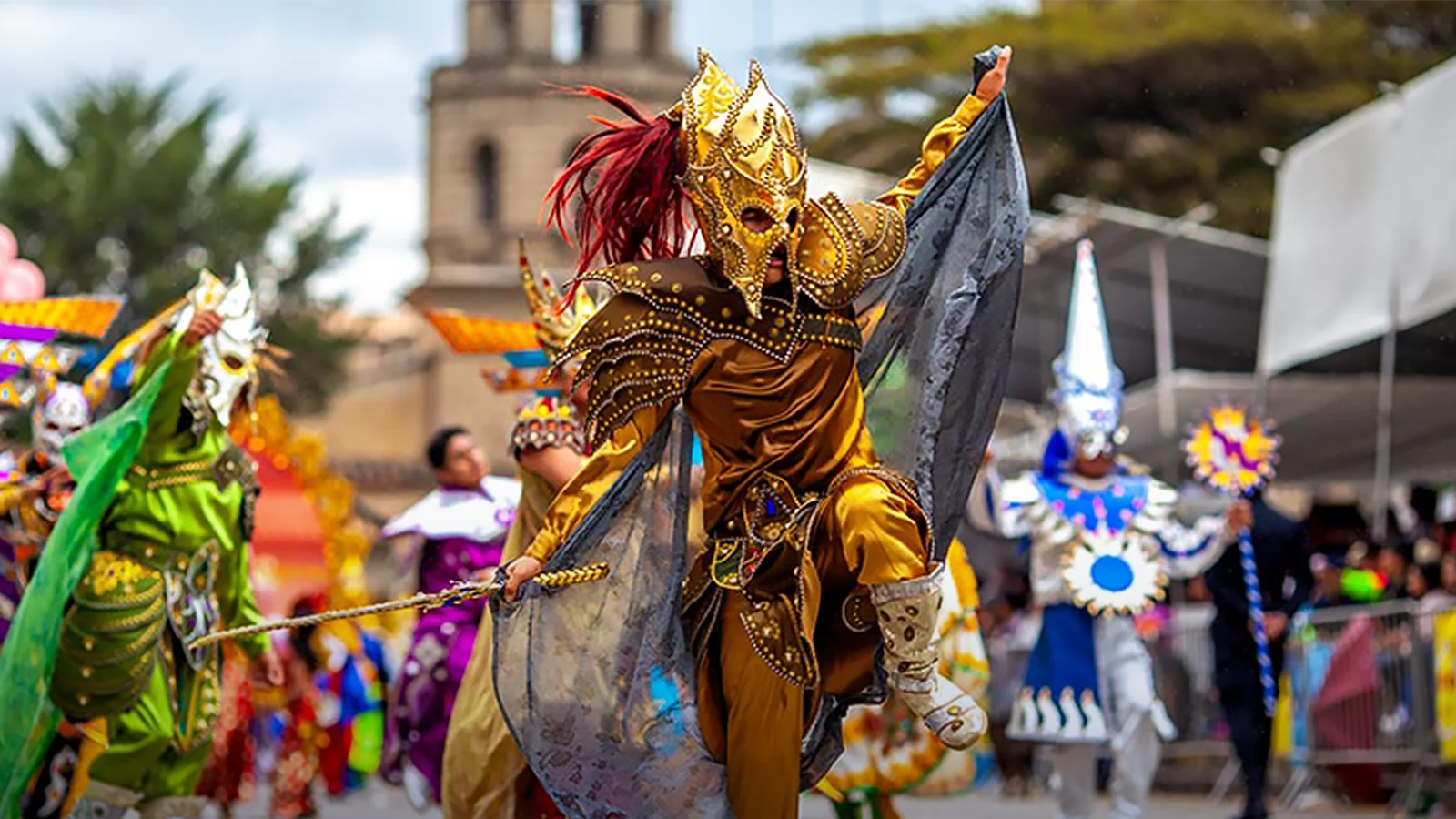
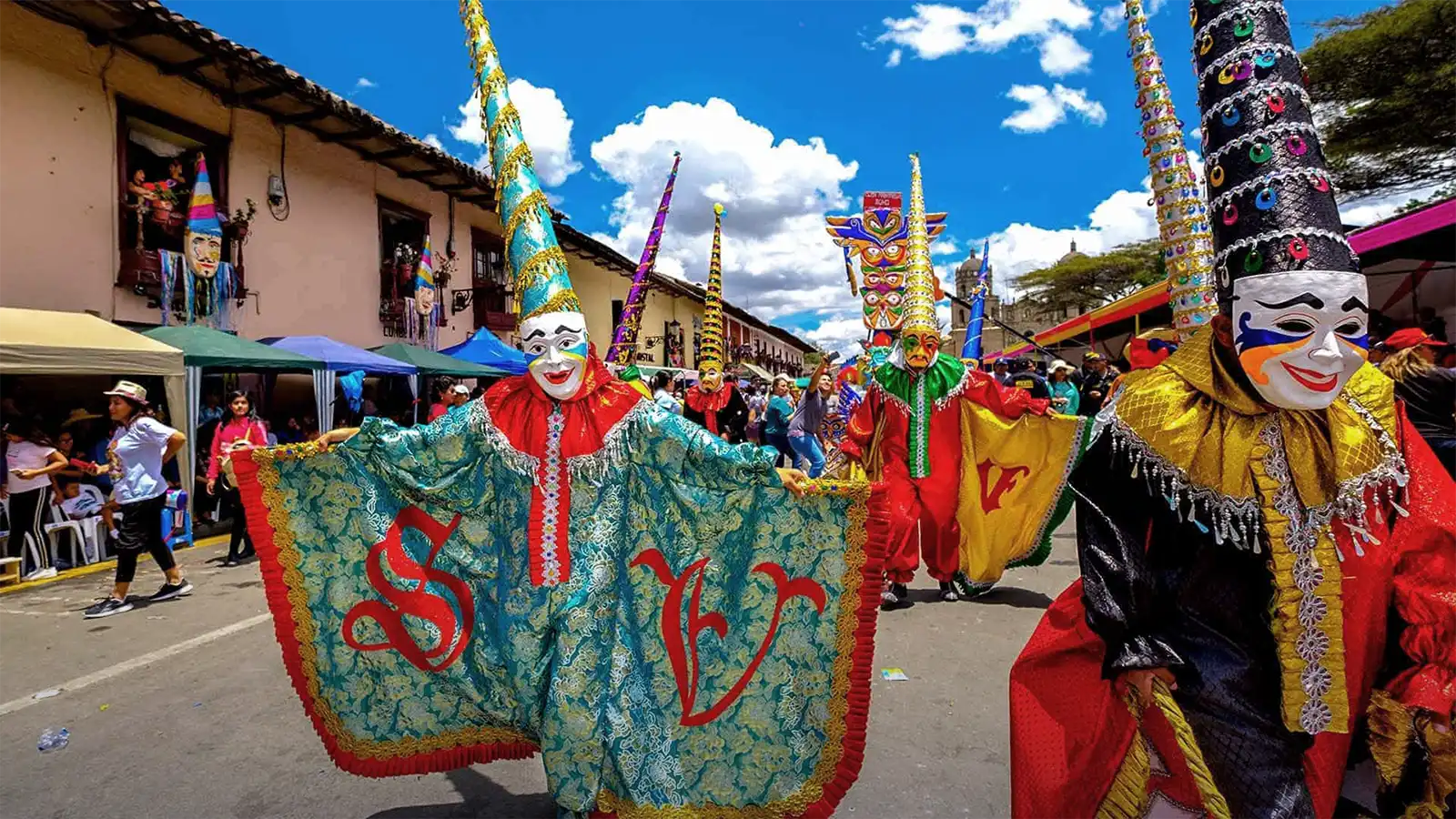
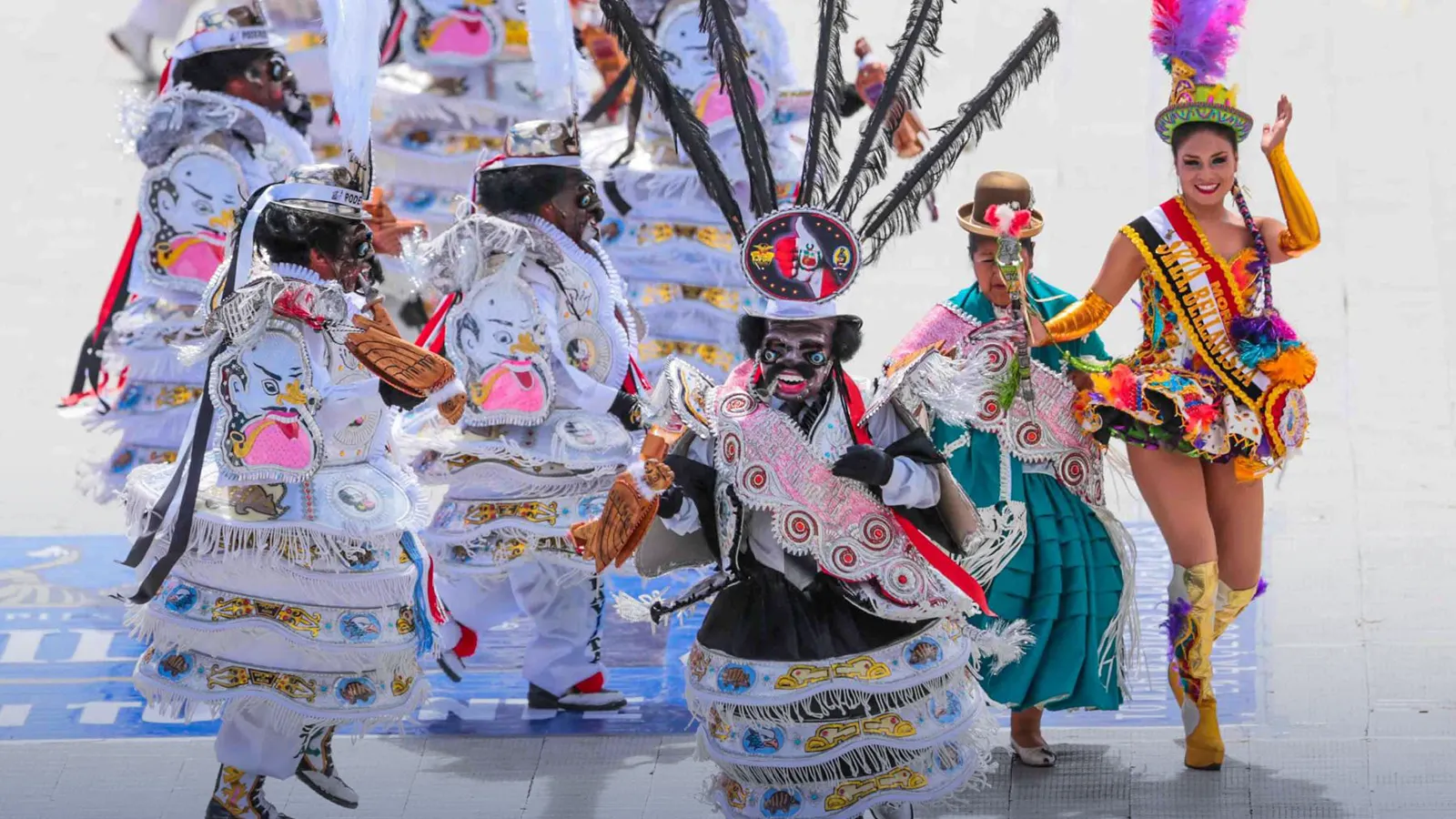
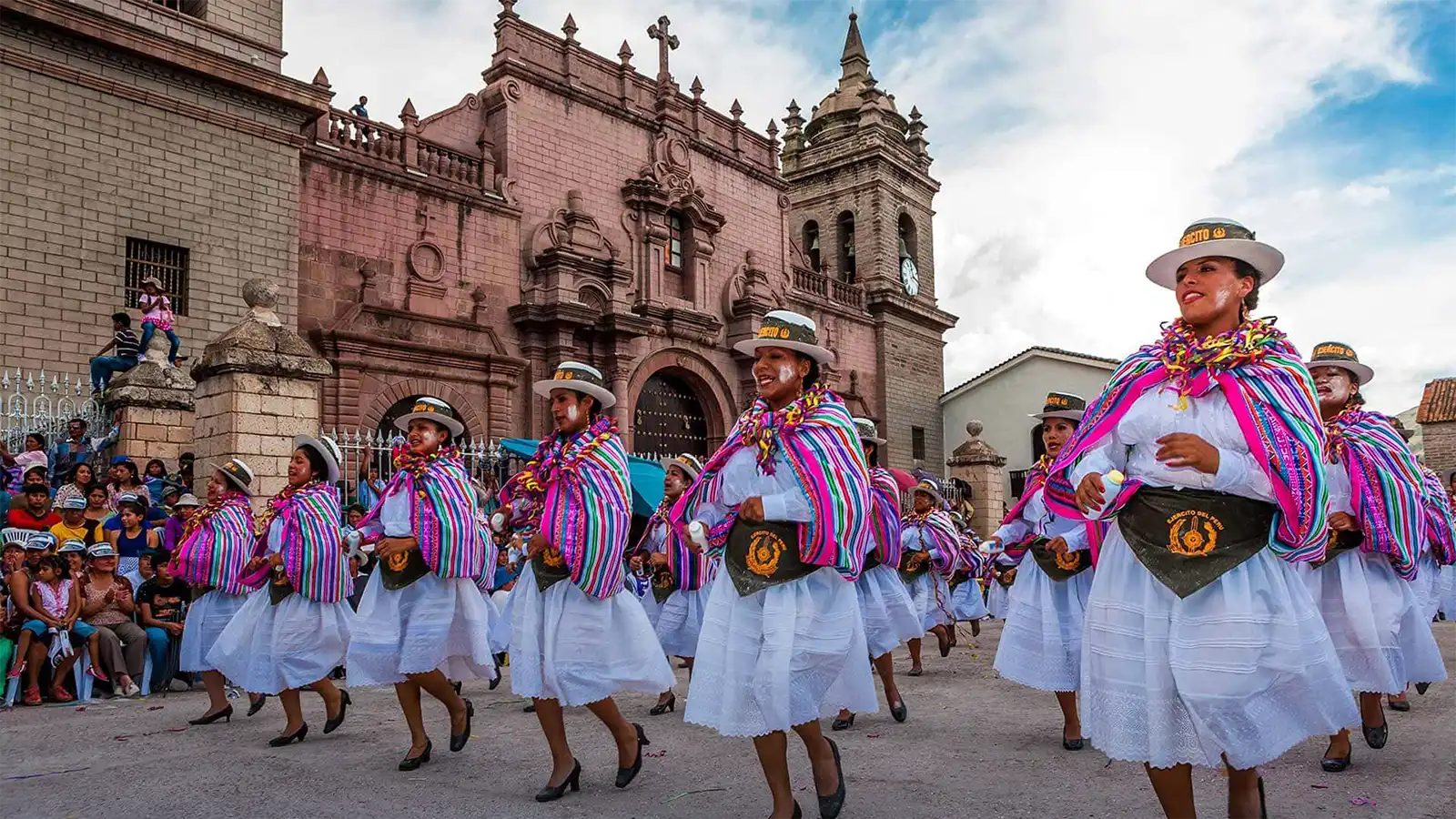
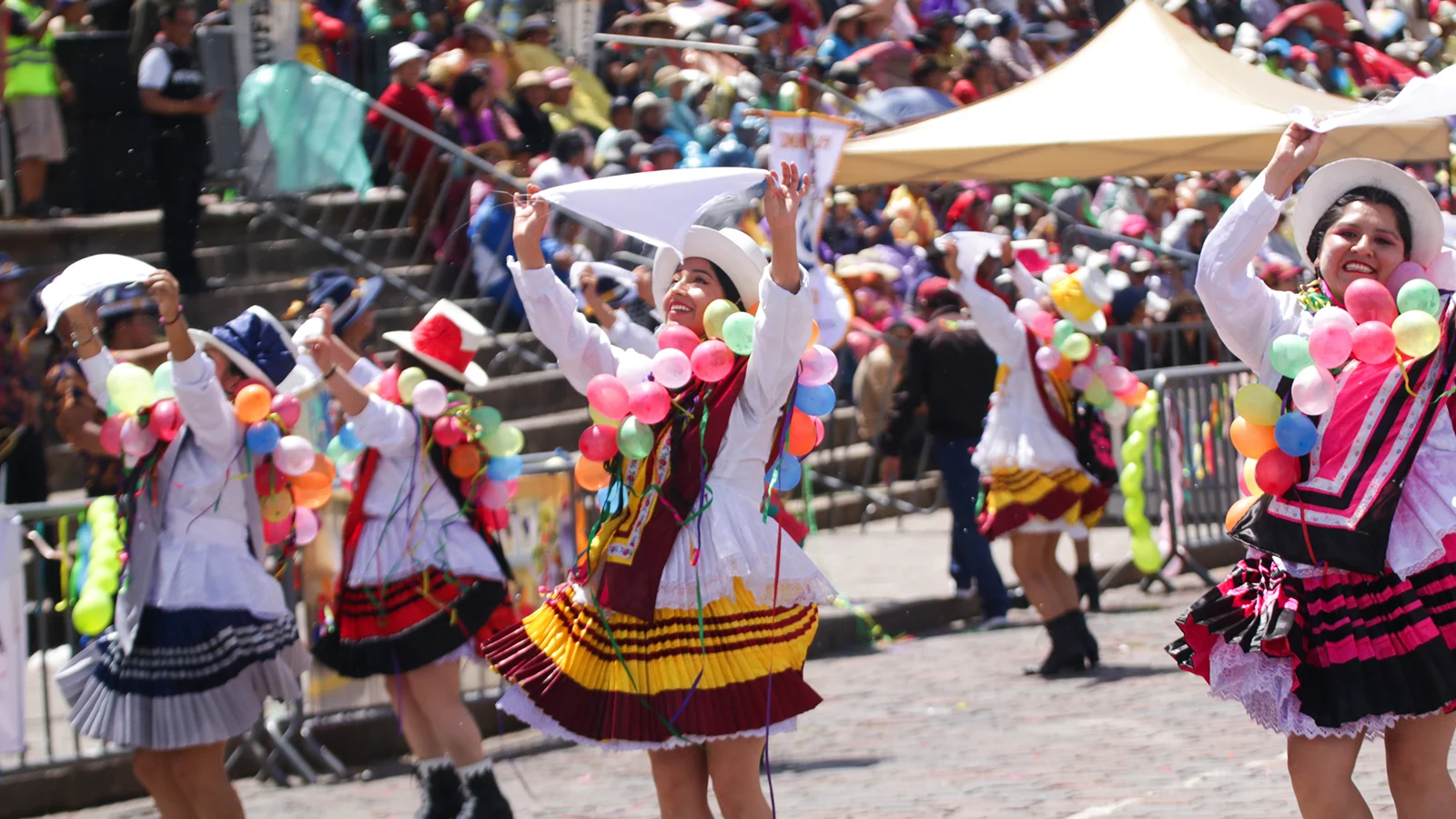
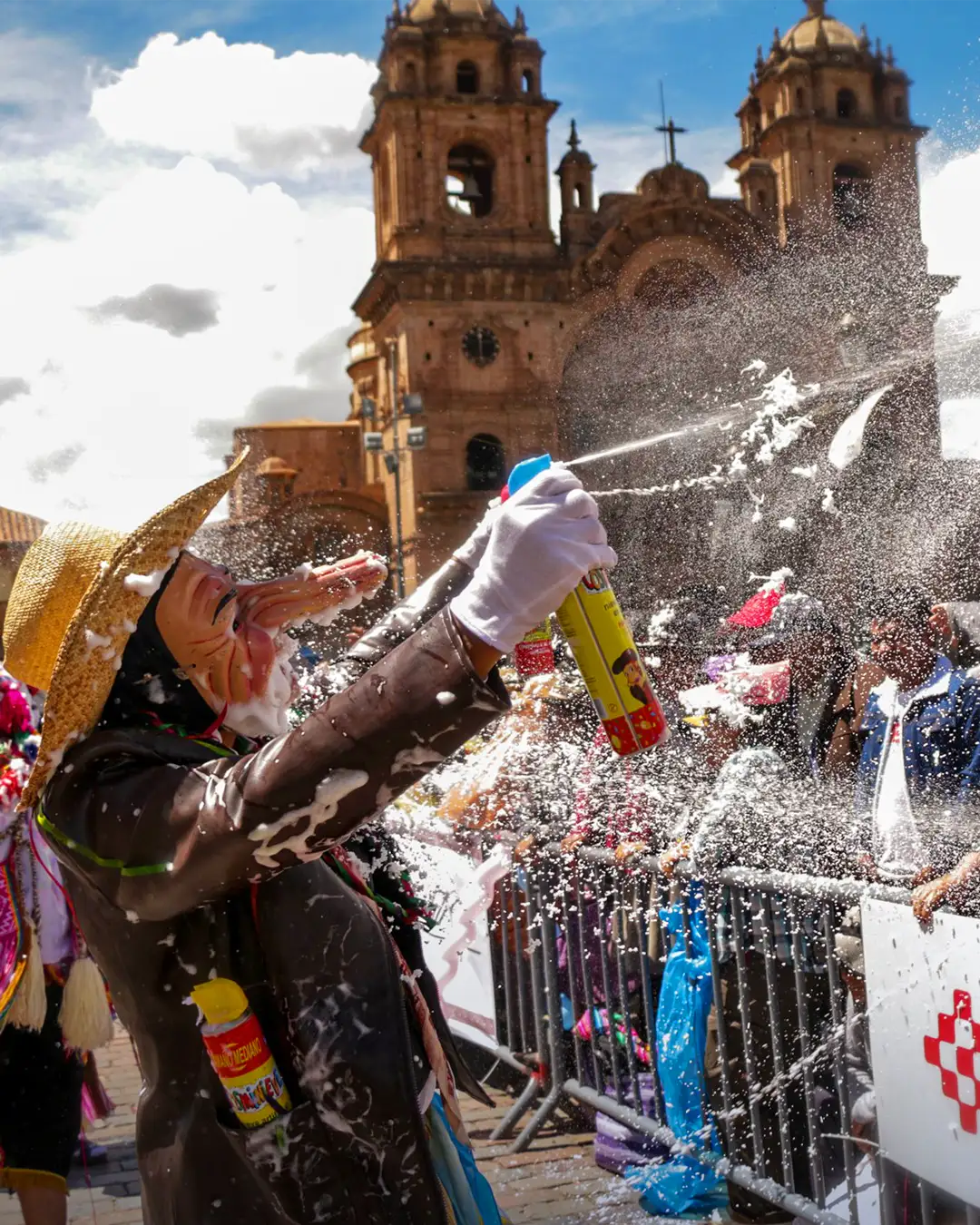
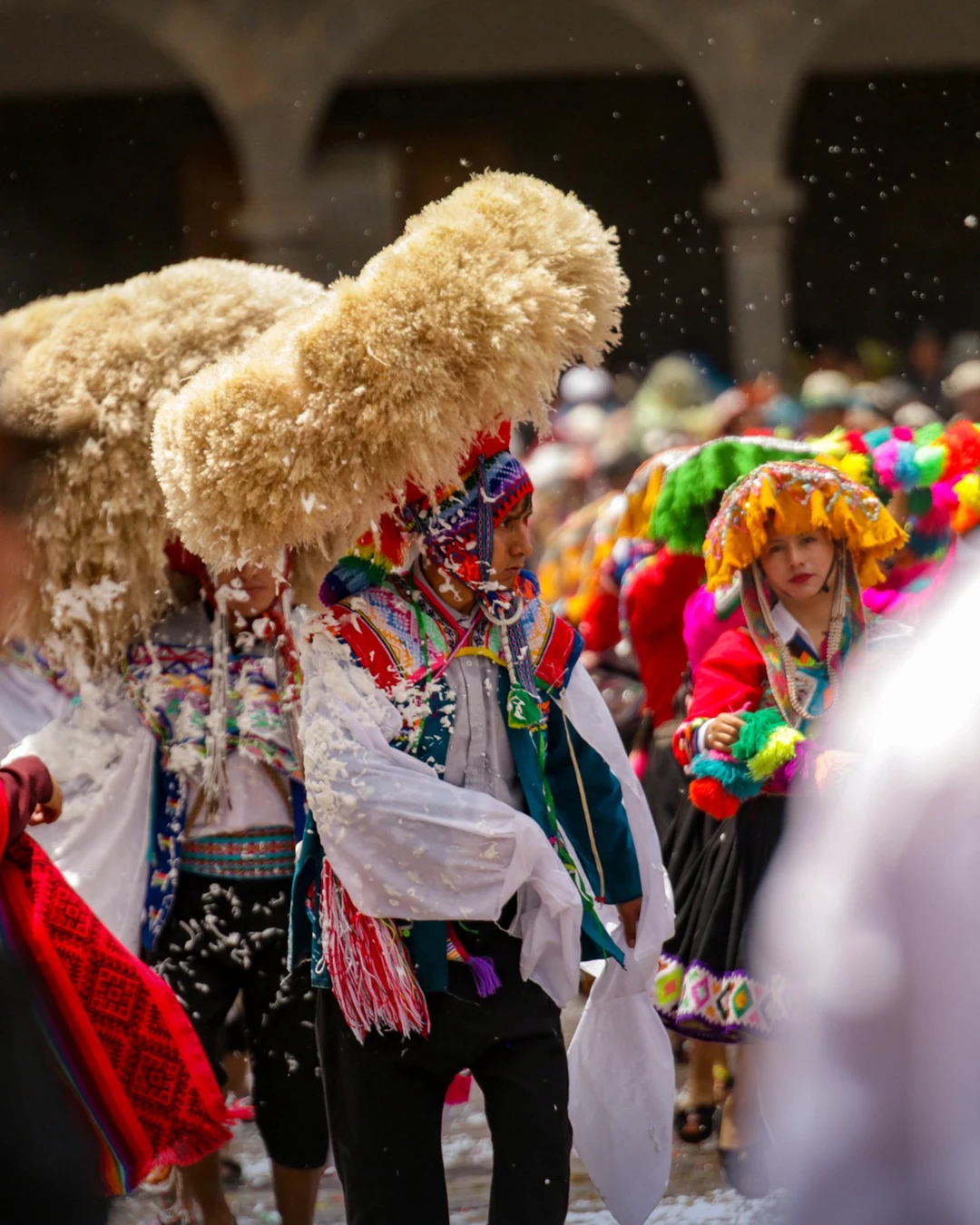
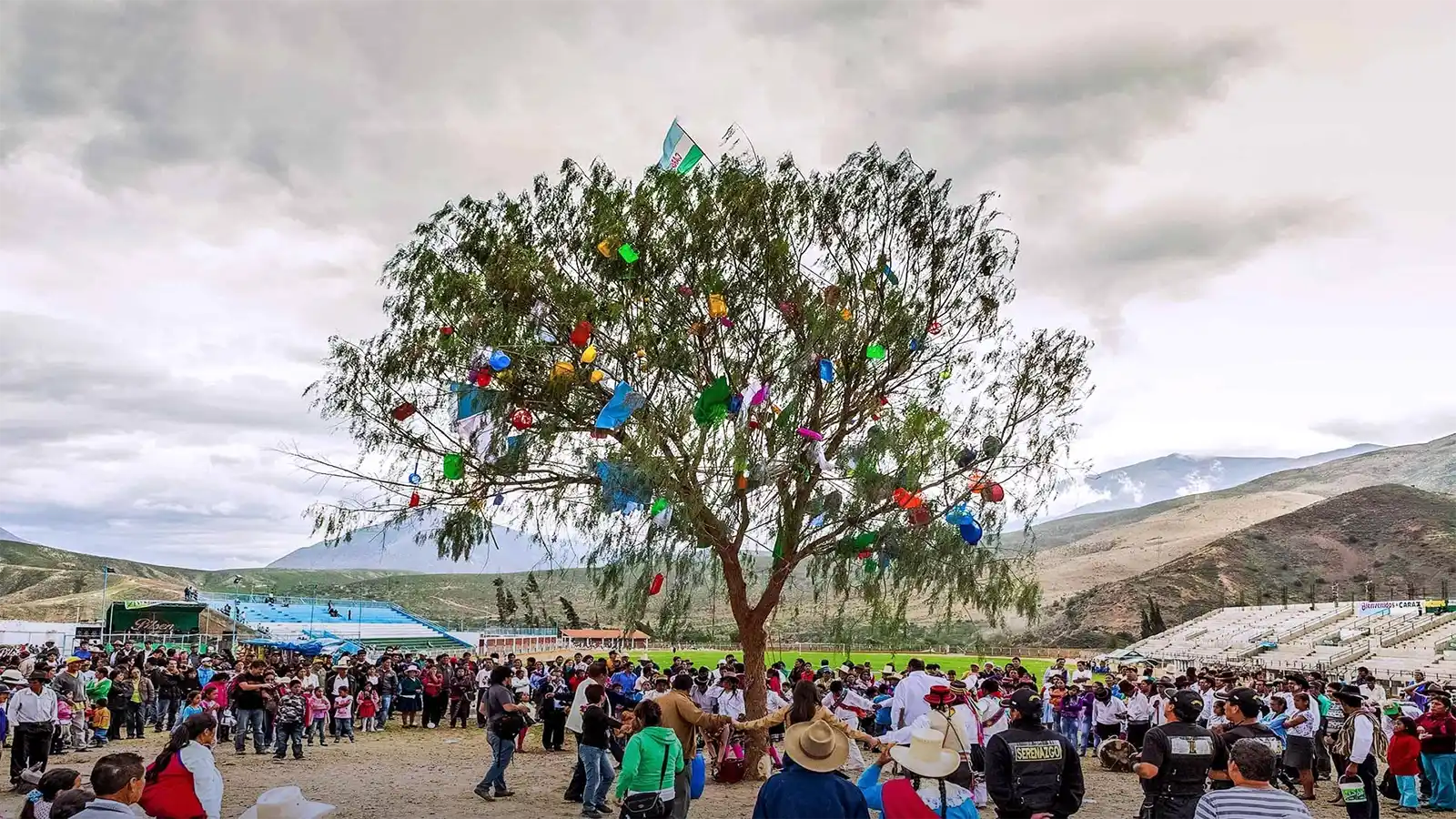
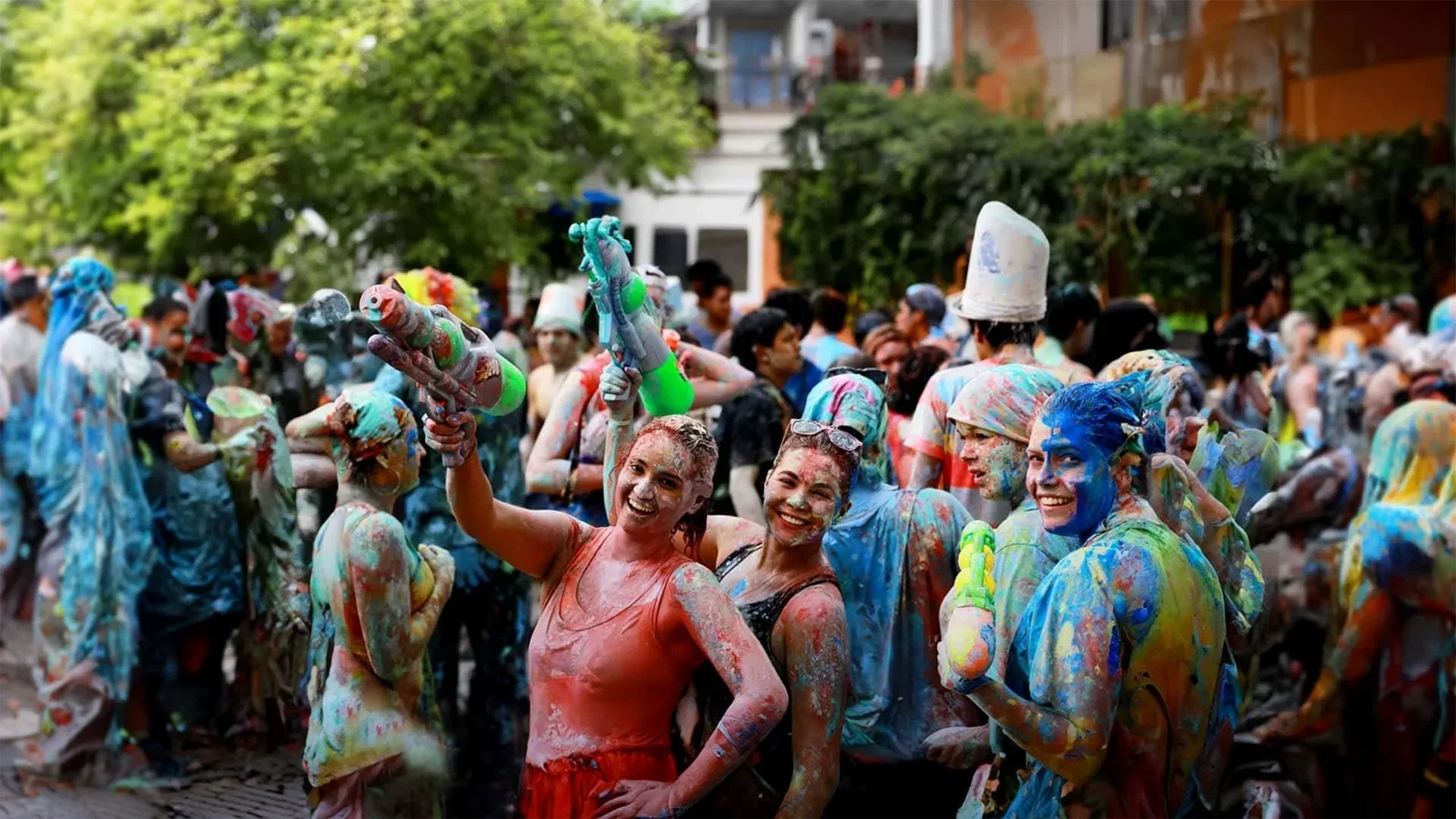
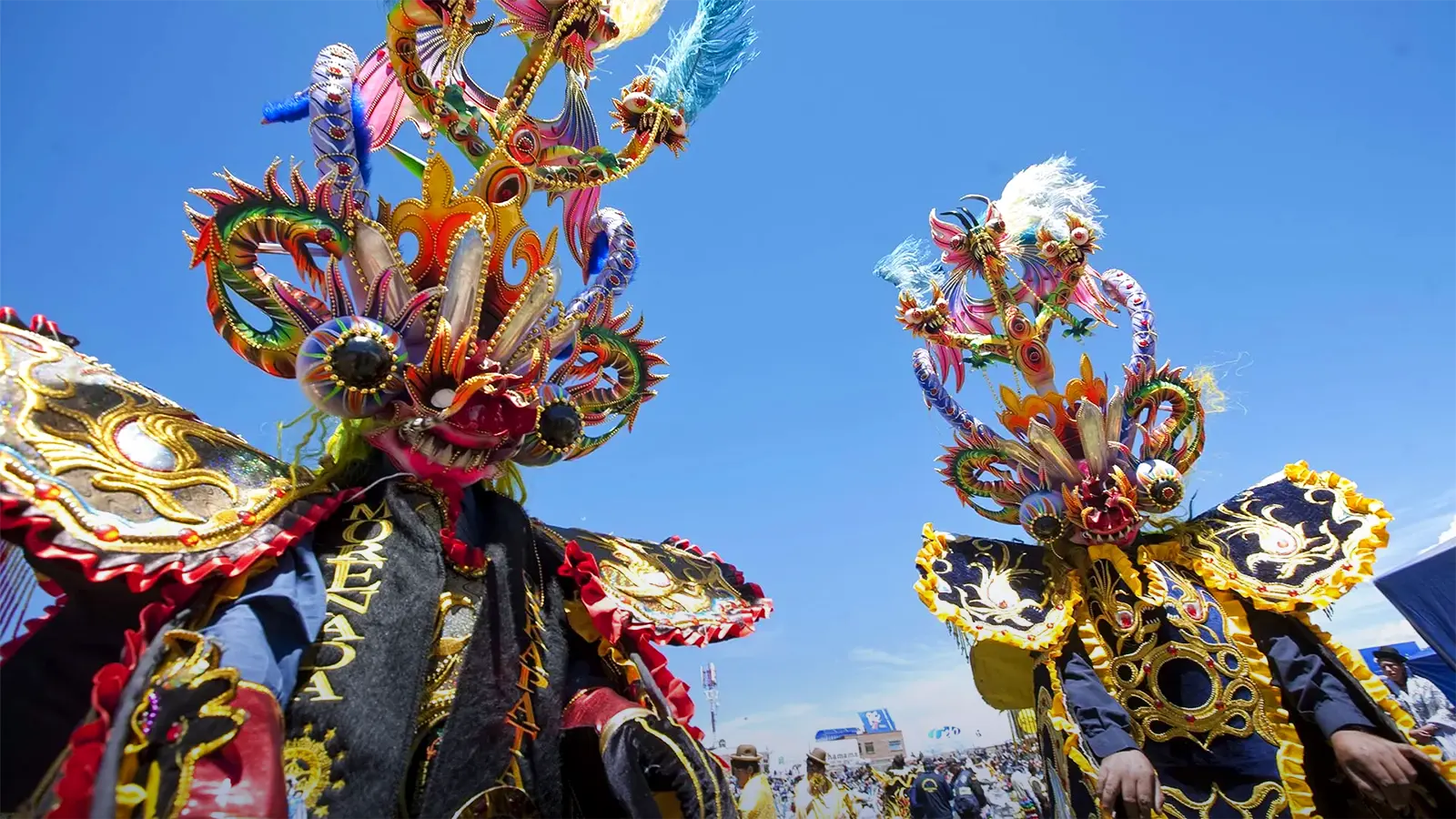
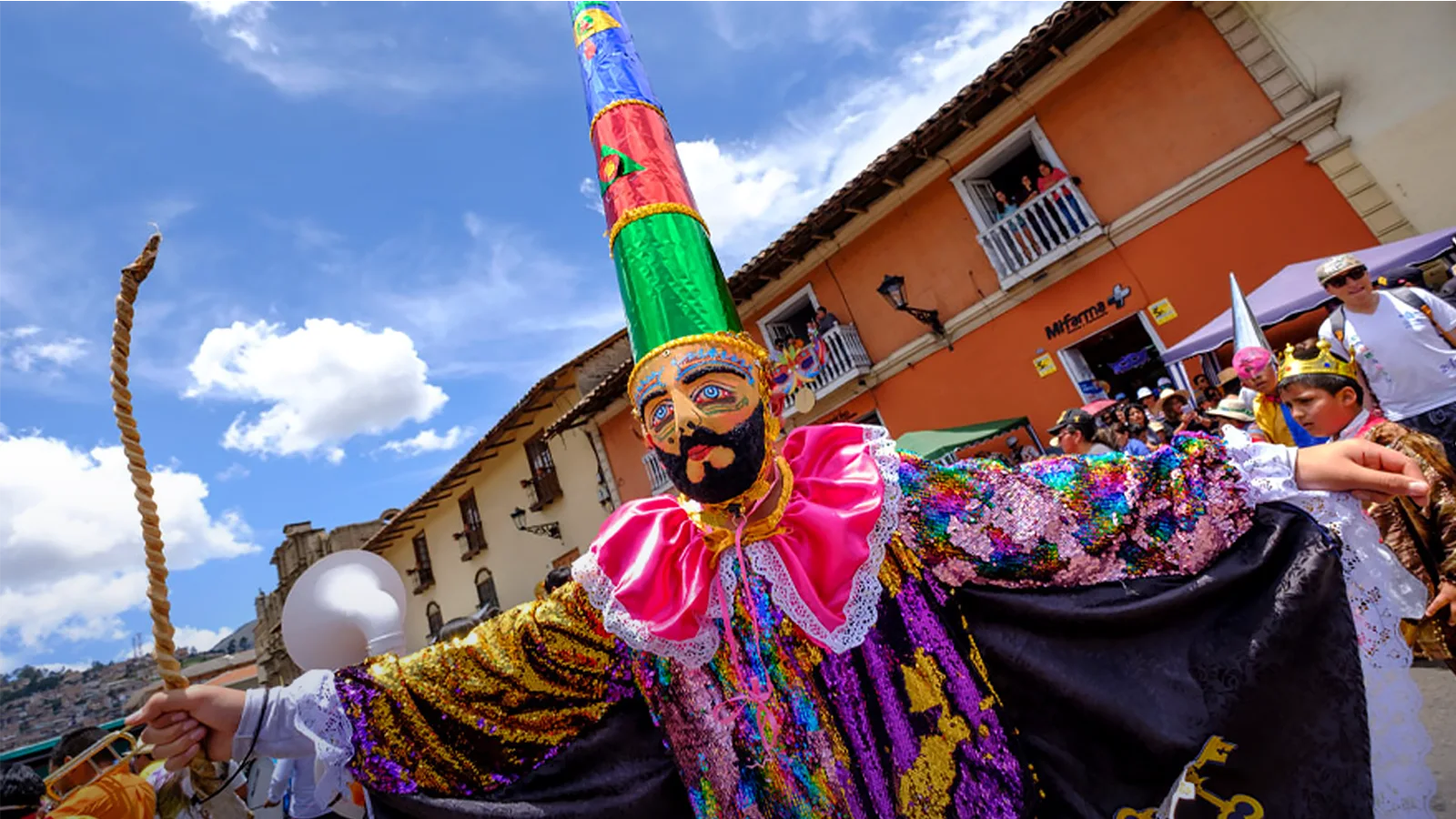
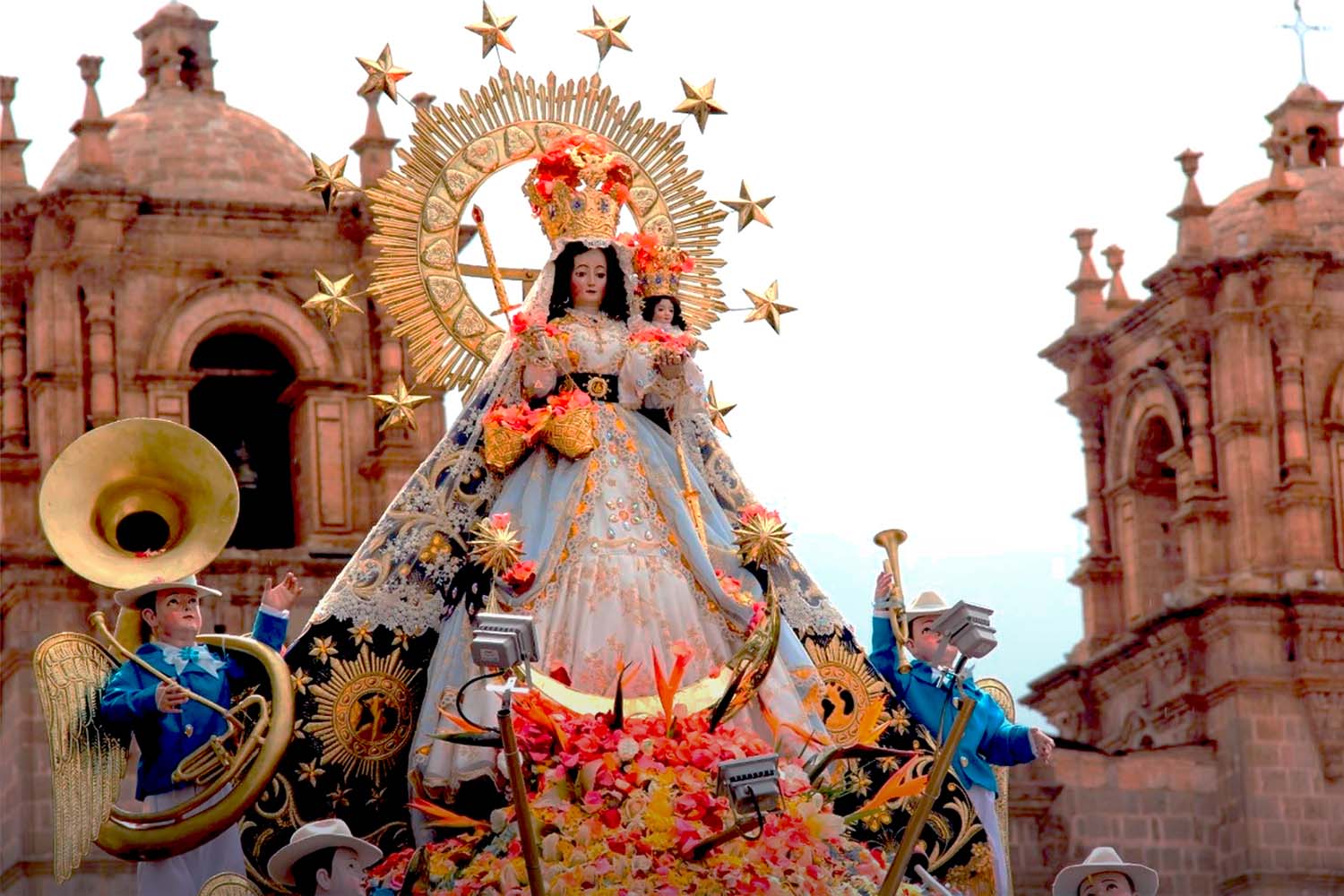
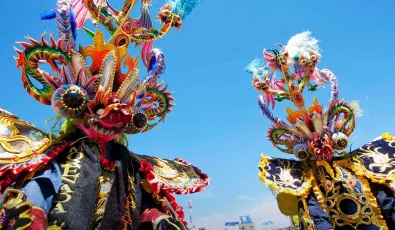
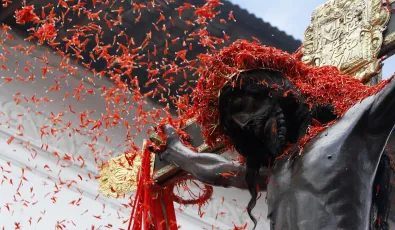
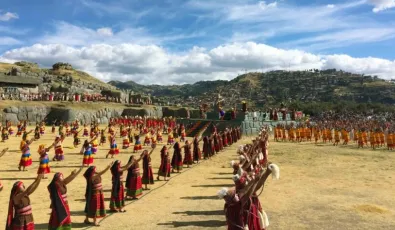
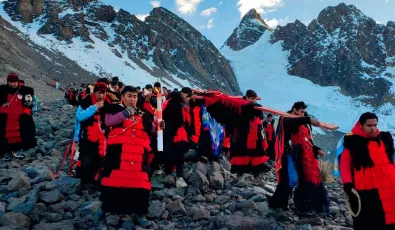
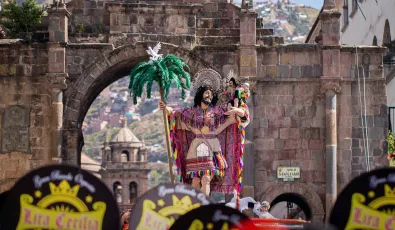
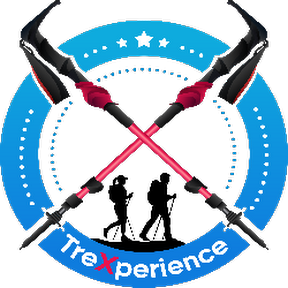
Add new comment